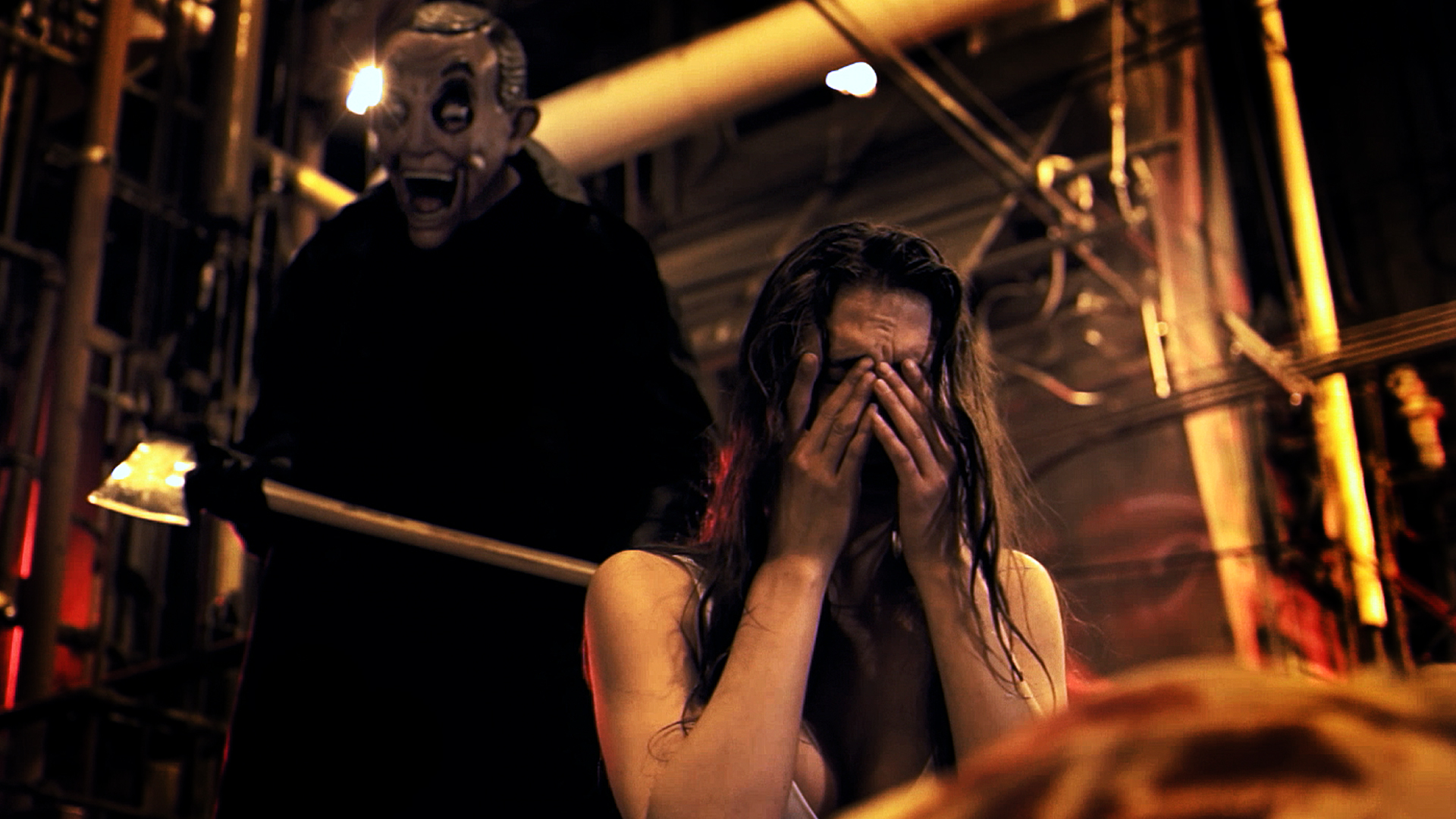

So that means heavy weapons (like Greatswords) do more damage only because they also have higher stat invesments to reach their peak damage.Ħ.
So a weapon with no scaling but 20 points STR to equip = same AR as a weapon in the same class with scaling and 20 STR. Standardize weapon values by SL, so if a weapon is more powerful, it's also heavier, by such a level that if you lowered your STR/DEX to compensate for the weight (compared to a lighter weapon) they would do the same damage. The game should be more about spacing and timing, not roll spamming.ĥ.

Yes, this means infinite combos if you're caught in a corner and have no poise, but if you get backed in a corner, have no poise, and are being combo'd by something faster than you can roll, that's your punishment. If the weapon's poise destruction exceeds your defense significantly, you are pushed even further and thrown to the ground. Instead of staggering in place, if you are hit by a weapon, your are pushed to the edge of its hitbox. The more ahead of time you have to predict the opponent, the higher your counter bonus.Ĥ. Counter damage is based on the weapon's wind-up speed for each attack (and differs). Lighter weapons add less poise, lighter armor has less poise, etc.ģ. Weapon poise destruction, armor poise build, both cost weight (X poise per Y units of weight) for all weapons. The blocking poise value is dependent on the weight of your armor, the attacking poise is based on the weight of the weapon, and the two are added together during attacks. DS1 style Poise is activated during any heavy attack and while blocking with any weapon. Stagger if you roll more than once (or, alternatively, each successive roll costs 2-3x more stamina than the roll before it)Ģ.


 0 kommentar(er)
0 kommentar(er)
